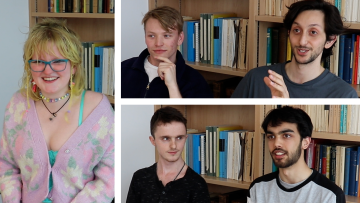Our final year students have now left us, in some cases never to return to mathematics, but in others to pursue the subject as researchers, in Oxford and across the globe.
However, before they left we asked some of them them to reflect on what they'd liked and disliked about the mathematics course, which parts of mathematics had really grabbed them, and whether they had any regrets - a fun and instructive exit interview, if you like.


